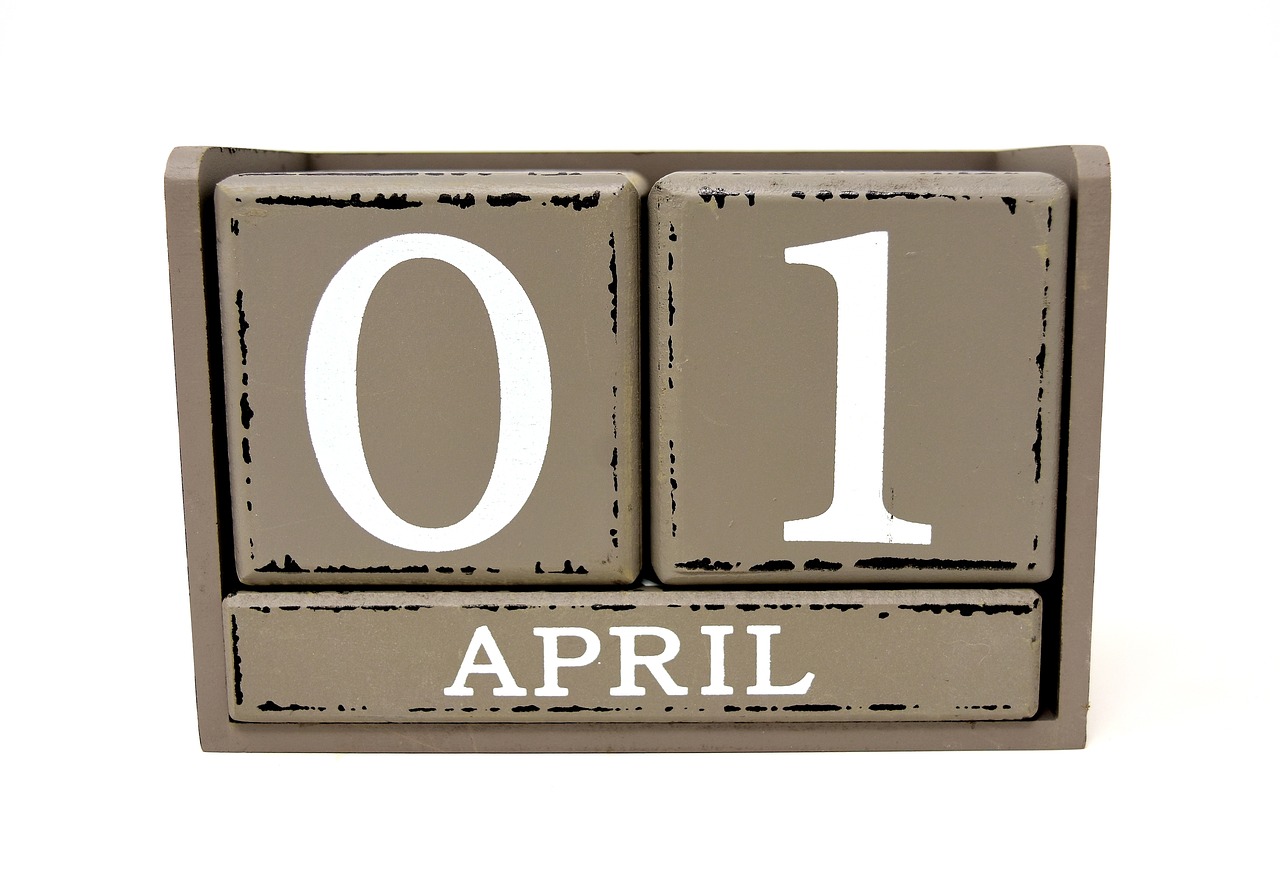The long-awaited May 2024 Visa Bulletin has arrived! If you’d like to know all about the projected movement of the employment-based and family-sponsored categories in the month of May, we’ve got you covered.
Highlights of the May 2024 Visa Bulletin
Dates for Filing Chart
For the family-sponsored preference categories, the Dates for Filing Chart remains unchanged from the previous month, with the exception of the F2B category for Mexico which will advance by 1 month to September 1, 2004. Additionally, F3 Worldwide, China, and India will advance by 3 months to June 1, 2010. Finally, F4 India will advance by 2.2 months to June 15, 2006, F4 Mexico will advance by 1 week to April 22, 2001, and F4 Philippines will advance by over 1 month to June 1, 2005.
For the employment-based petitions, the Dates for Filing remain unchanged from the previous month.
Employment-based categories Final Action Chart
The Final Action Dates Chart shows no movement for all employment-based preference categories.
Family-sponsored categories
Movement in the Final Action Dates
On the other hand, the Final Action Dates Chart for the family-sponsored categories advanced in almost all categories as follows:
- F1 Mexico will advance by 5.5 months to October 15, 2001
- F1 Philippines will remain the same at March 1, 2012
- F1 All other countries will advance by 4.9 months to July 8, 2015
- F2A Mexico will advance by 2.8 months to November 8, 2020
- F2A Philippines will advance by 8.7 months to June 1, 2021
- F2A All other countries will advance by 8.7 months to June 1, 2021
- F2B Mexico will advance by 4.3 months to March 1, 2004
- F2B Philippines will remain at October 22, 2011
- F2B All other countries will advance by 4.3 months to April 1, 2016
- F3 Mexico will advance by 10.4 months to July 22, 1999
- F3 Philippines will advance by 1.8 months to August 1, 2002
- F3 All other countries will advance by 3 months to January 1, 2010
- F4 Worldwide and China will advance by 1.4 months to July 22, 2007
- F4 India will advance by 1 month to January 15, 2006
- F4 Mexico will advance by 3.3 months to January 22, 2001
- F4 Philippines will advance by 2.8 months to September 8, 2003
 Visa Lawyer Blog
Visa Lawyer Blog











